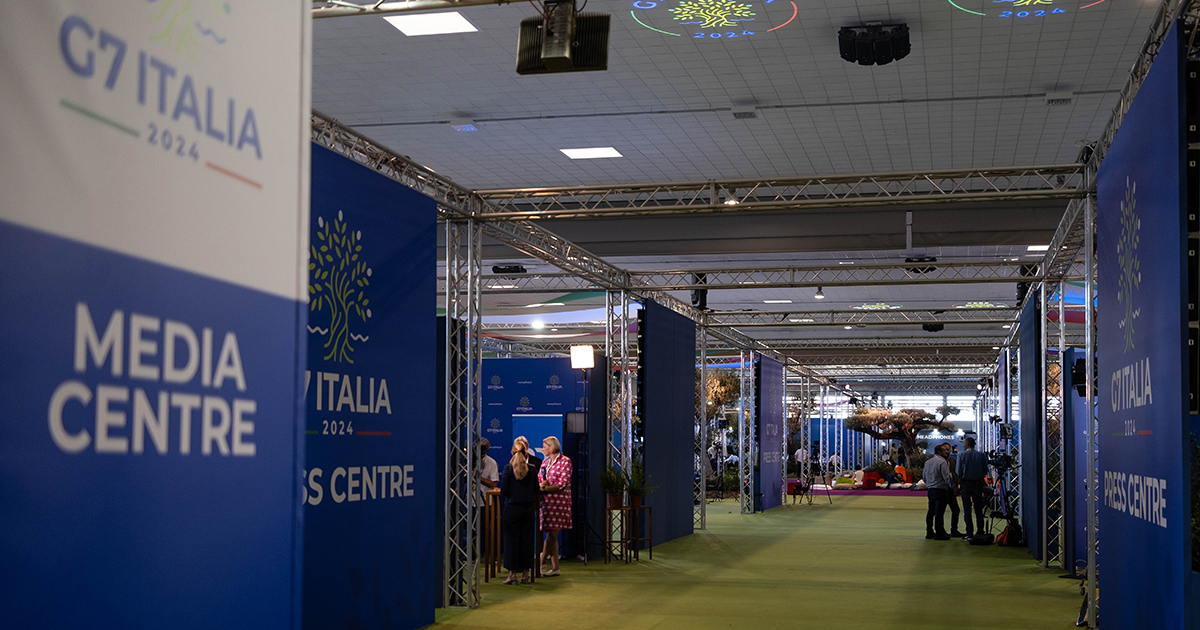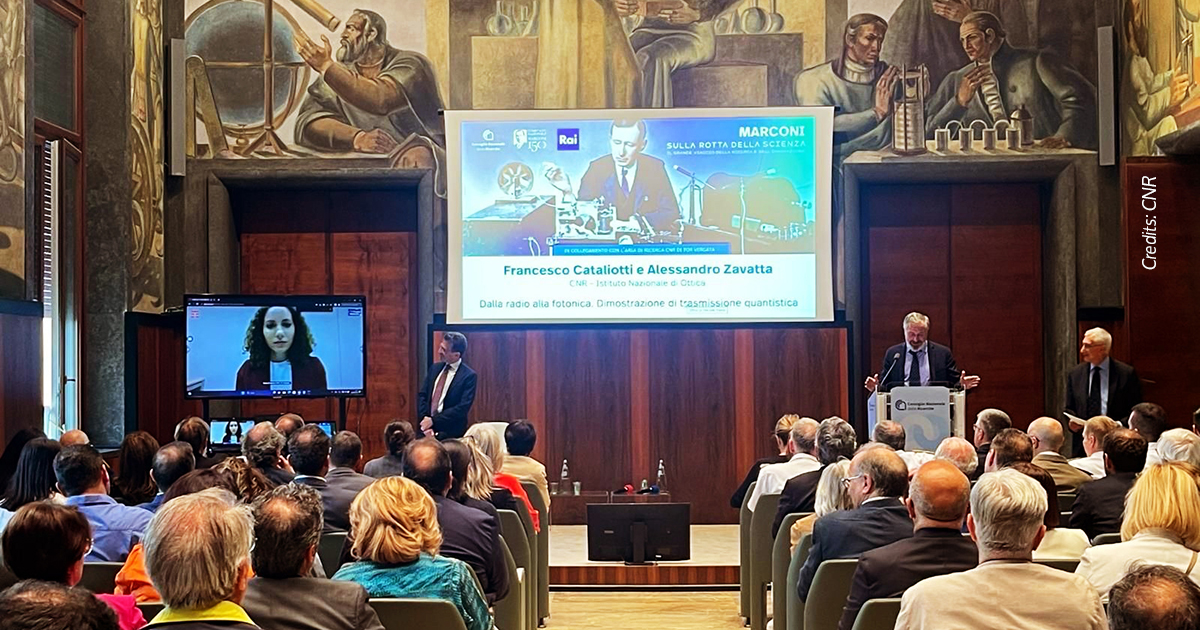The developments in quantum technology have reached the policy level, with many countries around the world having adopted national quantum strategies in the last few years or being in the process to adopt them.
In general terms, national strategies are strategic documents designed by governments to guide action, and often the allocation of resources, over a specified period of time, and towards the fulfilment of policy objectives. Furthermore, they serve several functions in government policy-making.
In this regard, national strategies for technology development are valuable tools for, first, articulating the government’s vision regarding the contribution of that technology to a country’s social and economic development. Second, they set priorities for public investment in the sector, such as in university research. Third, they mobilise interested actors around specific, shared, objectives, and may help steer private sector investments towards priority areas or technologies. Finally, in the elaboration phase of the national strategy, stakeholders may be engaged in consultations that can help forge a common vision of the future and facilitate coordination within the innovation system.
When it comes to Quantum Technologies (QT), it should first be noted that this is a highly interdisciplinary field of research and applications. QT can be seen as an umbrella term for several research areas, notably quantum computing, quantum communication, and quantum sensing, each exploiting different aspects of quantum mechanics. National quantum strategies are therefore generally broad in scope and seek to set common national goals to advance the sector as a whole, leaving more detailed acts define specific objectives for the single technologies at stake and favouring their implementation through real, meaningful activities.
Motions towards the definition of a common path in the development of quantum technologies both to exploit their potential and to defend against the risks they may bring, also characterises strategies at a more international level. For instance, in February 2021, NATO Defence Ministers endorsed a Strategy on Emerging and Disruptive Technologies (EDT), including quantum technologies, to guide NATO’s development of EDT policy in specific subject areas. The European Union (EU), as highlighted in our previous blog post The EU Quantum Leap, launched the EU-wide Quantum Flagship programme in 2018, bringing together research institutions, industry, and governments across EU countries for collaborative quantum projects. In addition, 2023 significantly witnessed a surge in the conclusion of bilateral and multilateral governmental partnerships to join forces in this innovative sector.
Which States adopted national quantum strategies?
The United States pioneered the adoption of a national strategy on quantum technologies, by adopting in 2018 the National Science and Technology Council report A National Strategic Overview for Quantum Information Science, laying down the groundwork for the governmental US National Quantum Initiative (NQI). The NQI supports a “science-first” approach aiming at creating the building blocks for scientific breakthroughs in the field.
In North America, Canada followed the US in 2022 by issuing its National Quantum Strategy, centred around three core missions: making Canada a world leader in quantum; ensuring privacy and cybersecurity; and supporting the government and key industries to be developers and early adopters of quantum technologies.
In Europe, the United Kingdom, after having adopted the National Quantum Technologies Programme in 2014 to support research and begin to move technologies out of the research environment, adopted the National Quantum Strategy in March this year, setting out a 10-year plan to realise the potential of quantum technologies for the country.
Germany published its National Quantum Strategy in 2018, and updated it with a Roadmap for quantum computing in 2021 and the government’s Quantum Technologies Action Concept document in April 2023. The strategy focuses on the commercialisation of quantum technologies and supports the transition from academic research to industry.
In 2019, The Netherlands followed in the footsteps of the UK and Germany, by publishing its own National Agenda on Quantum Technology. The Agenda will mainly be implemented through the Quantum Delta NL programme, which seeks to support four main areas covered by the quantum strategy: commercialisation of quantum technologies, quantum education, ethical development & use of quantum technologies, and development of a quantum community.
In January 2021, the French President presented France’s national quantum strategy, mainly focused on training new talents, and creating jobs in the field of quantum technology. The strategy has also been reinforced by the France 2030 investment plan, which includes a section for developing quantum technology.
As for Northern Europe, in 2023 Denmark adopted the New Quantum Research and Innovation Strategy, as part of the Danish National Strategy for Quantum Technology, which will be followed by a second part focusing on commercialization and talent later this fall. In Finland and Sweden, initiatives are underway to raise government awareness of the benefits of adopting a quantum strategy. Quantum science and technology experts from various Finnish universities, research organisations, and companies elaborated The Finish Quantum Agenda, a 30-page document issued in February 2023 detailing what kind of steps need to be taken to secure the right people and the right facilities for quantum technology. In Sweden, five organisations released a report titled A Swedish Quantum Agenda in March this year, calling for a Swedish national strategy for quantum technology. The focus is on research and the need for long-term financial support.
Turning to Asia, last April, the Indian Union Cabinet approved the National Quantum Mission (NQM), which was unveiled by the Indian Government in September 2020 with the aim of promoting research, development and innovation in the field of quantum technology. The Mission outlines the milestones that are expected to be achieved over an eight-year period from 2023 to 2030.
In East Asia, Japan has been one of the first countries to adopt a national quantum strategy, in 2020, which is also one of the most technically focussed ones. It enlists specific technologies that the Japanese government wants to promote and details roadmaps for how to advance towards the government’s goals. In 2022, Japan formulated a new strategy, called the Vision of Quantum Future Society, which expands on the initiatives for social innovation through quantum technology from the 2020 strategy.
South Korea last month has unveiled a strategic plan to invest more than 2 billion dollars in quantum science and technology with the aim of establishing itself as a global leader in the field. The strategy includes the development of a quantum computer using its own technology and the most advanced quantum sensors, as well as the goal of increasing its market share in global quantum technology to 10 per cent by 2035. To support quantum technologies research, development, and commercialization, the South Korean government had launched the National Strategic Plan for Quantum Science and Technology in 2021.
Finally, in China various strategies have been developed, including the China’s Innovation Strategy, and the ‘Made in China 2025’ strategy, to drive the Country’s progress in three prioritized strategic technologies, namely space, AI, and quantum computing and communications.
In the same 2023, Australia published its National Quantum Strategy, which sets the country’s strategic priorities in seven core areas, with action plans to advance all of these priorities.
Interested in the Strategies’ content and how QKD technology is addressed? Part II is available here.



